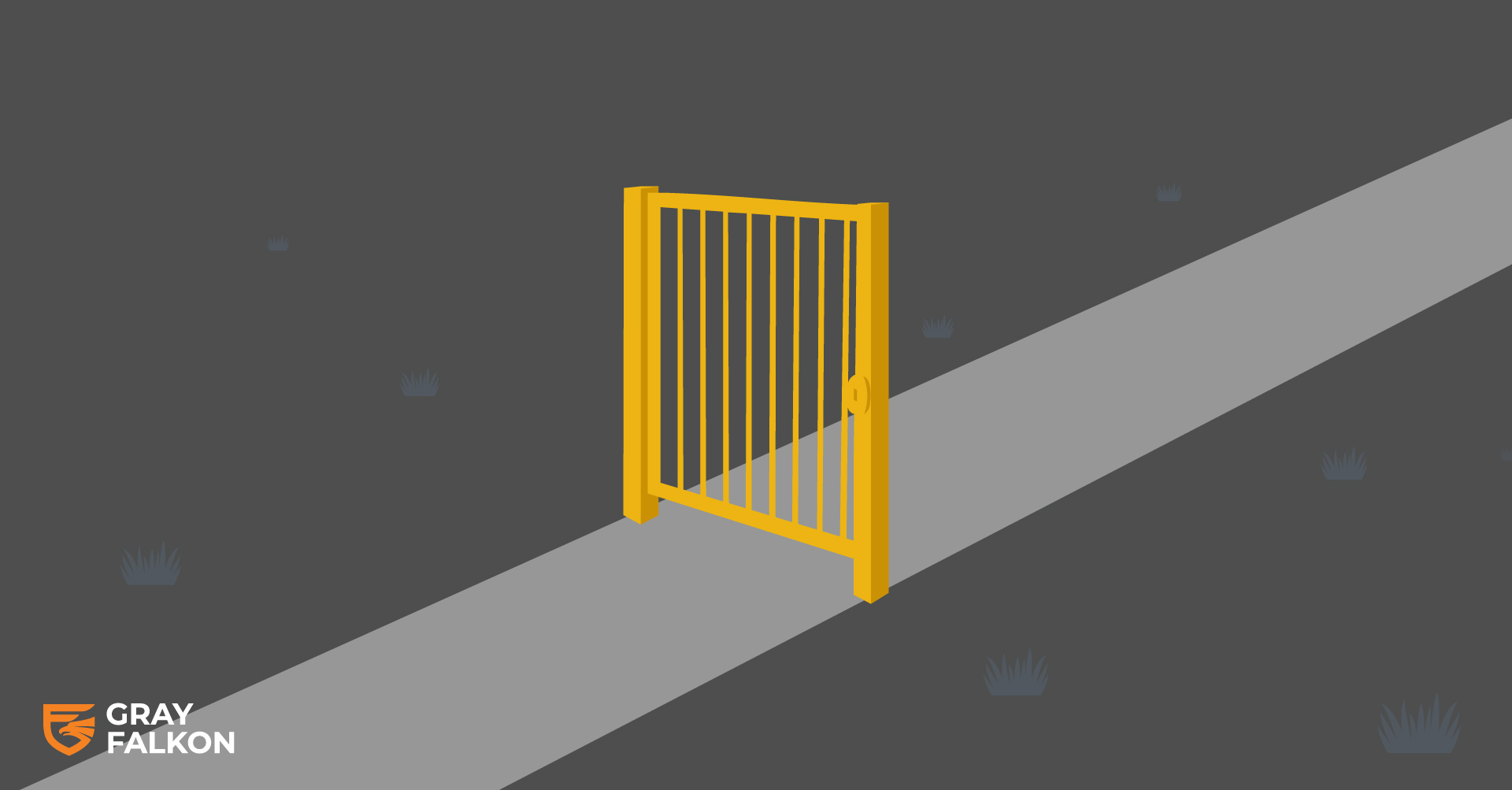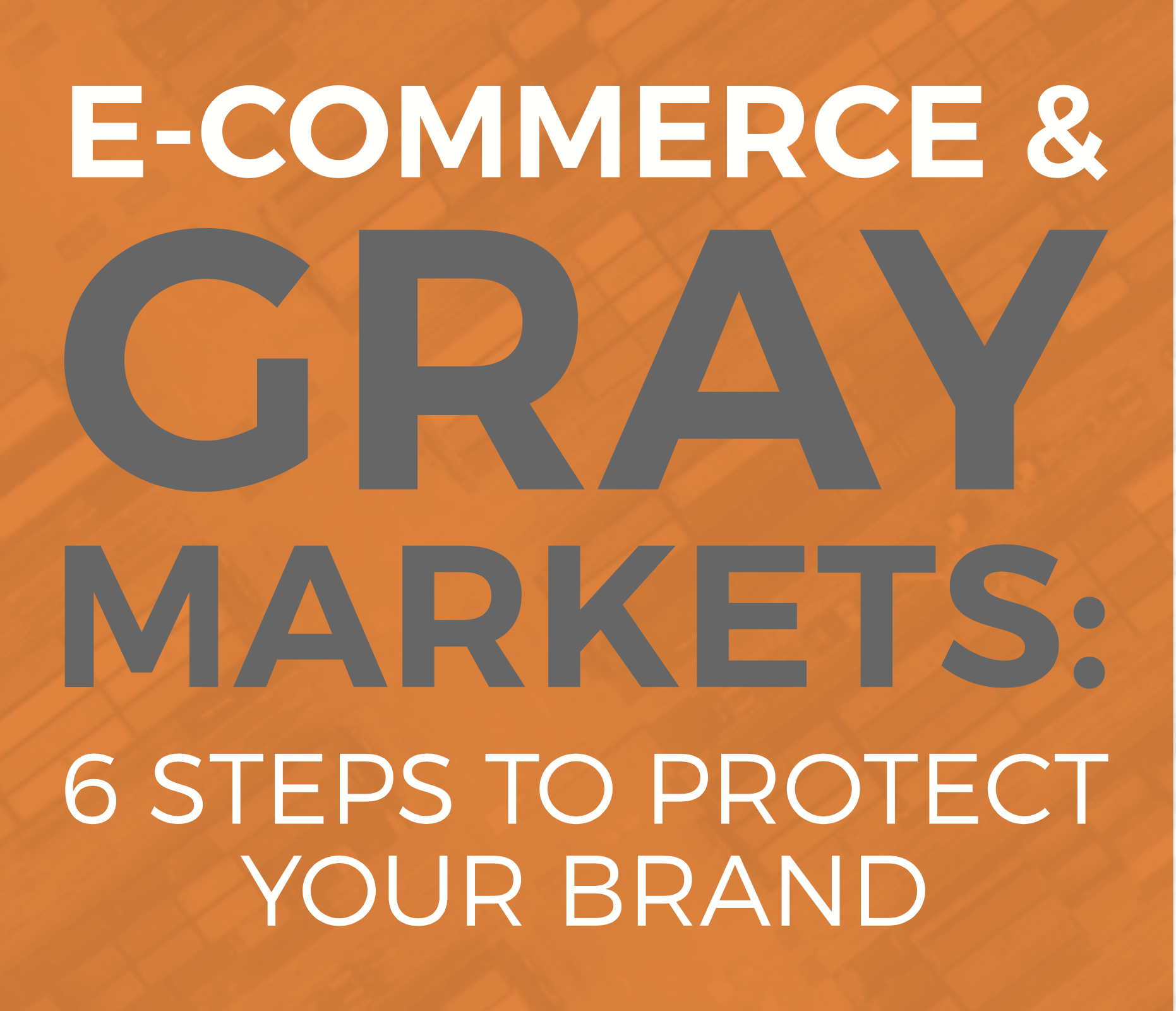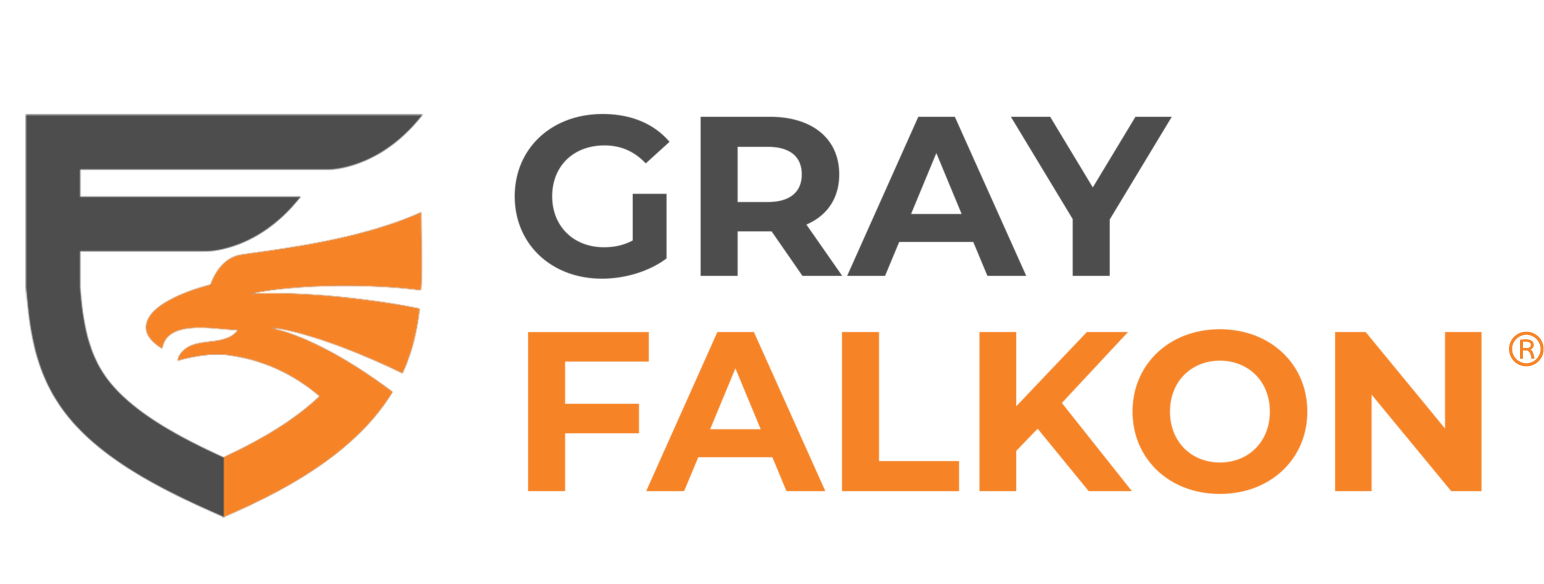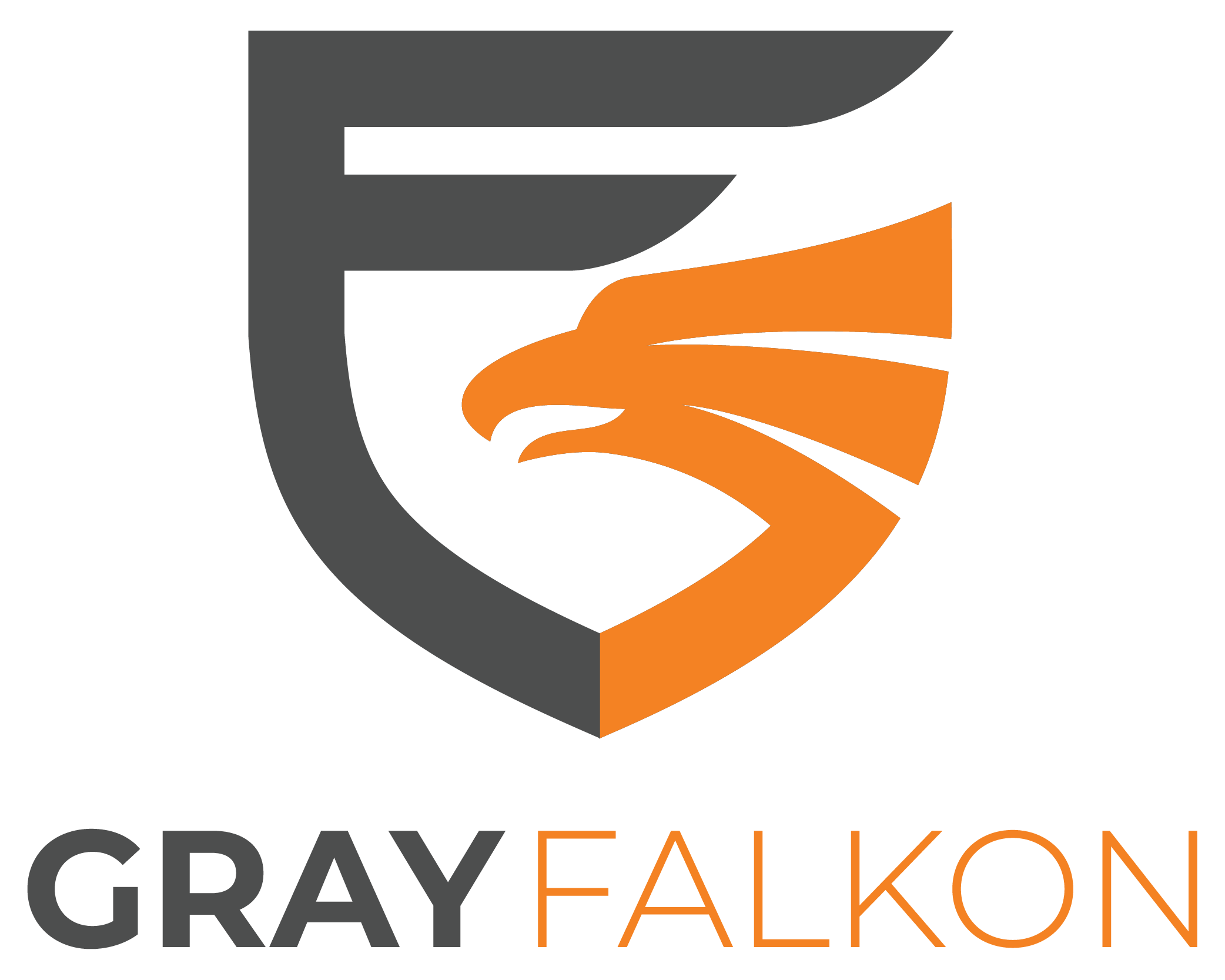
Amazon continues to dominate the eCommerce landscape, offering brands a massive sales opportunity, but with that reach comes real risk. Unauthorized sellers, gray market activity, and inconsistent pricing can quickly erode a brand’s control, profitability, and customer trust.
To help combat these challenges, Amazon offers a range of brand protection tools, one being Brand Gating. While more nebulous than programs like Brand Registry or Project Zero, Brand Gating provides a powerful layer of control, limiting who can sell your products and under what conditions.
What is Brand Gating, how does it work, what are the realities behind the myths, and how might it fit into a broader brand protection strategy?
What is Amazon Brand Gating?
Amazon Brand Gating is an Amazon Brand Registry program designed to give brands more control over who can sell their products on the marketplace. While many sellers can list products freely, Brand Gating creates an approval barrier, requiring sellers to meet certain criteria before they can list specific products or ASINs.
When a product is gated, third-party sellers must typically provide:
- Invoices or proof of purchase from authorized distributors.
- Written authorization from the brand.
- Approval from Amazon, which may include a non-refundable fee.
The Spectrum of Brand Gating
Brand gating on Amazon isn’t a one-size-fits-all solution. Instead, it exists on a spectrum, with different levels of protection available depending on the brand’s needs and circumstances.
- Basic Authorization: At its simplest level, brand gating requires sellers to obtain authorization before they can list products from a particular brand. This helps ensure that only approved sellers are offering the brand’s products, reducing the risk of counterfeit or unauthorized sales.
- Heightened Restrictions: Some brands may face more severe counterfeit issues, leading Amazon to implement stricter gating measures. In these cases, the brand might be put on “total lockdown,” where selling permissions are extremely limited and closely monitored.
- Transparency Program Integration: For brands facing significant counterfeit problems, Amazon often encourages participation in its Transparency service. This program adds an extra layer of authentication to products, further deterring counterfeiters.
It’s important to note that Brand Gating is not automatic. Brands must be enrolled in Amazon Brand Registry, and often need to submit a formal request along with evidence of ongoing issues, such as price erosion or unauthorized seller activity, to justify gating.
In essence, Brand Gating functions as a pre-screening system, helping brands limit who can sell their products and creating an extra layer of defense against unauthorized resellers.
Breaking Down the Myths Around Brand Gating
One of the most persistent myths about brand gating is that once a brand is gated, it’s permanent and impenetrable. This simply isn’t true. While Amazon Brand Gating is a valuable tool, it’s important for brands to understand its limitations. The easiest way to visualize this is to imagine Amazon’s Brand Gating as a bright yellow gate standing alone in an open field. It’s highly visible and discourages casual entry, however, sellers can simply walk around the gate, whether they’re granted access or not. This visual metaphor underscores the true nature of brand gating: a prominent deterrent that signals protected territory, yet one that isn’t foolproof against all potential incursions. Although effective, brand gating is not a blanket solution, and relying on it alone can leave gaps in a brand’s protection strategy. Here are a few things to know:
No Permanent Gating
Contrary to popular belief, there is no such thing as permanent gating on Amazon. The platform continuously evaluates and adjusts its protective measures based on current needs and circumstances.
It Only Applies to Gated ASINs
Brand Gating is typically applied at the ASIN level, meaning the restriction only protects the specific product listing(s) for which gating has been approved. If a seller finds a non-gated version of the product, such as a different pack size, bundle, or variation, they may still be able to list and sell it. Unless a brand actively manages all listings, loopholes remain.
It Doesn’t Automatically Remove Existing Sellers
Gating is forward-facing; it stops new sellers from listing, but doesn’t automatically remove sellers who are already active on a gated ASIN. Brands often need to take additional enforcement steps, such as submitting complaints or working with Amazon to remove violators still operating under the radar.
It Doesn’t Block All Gray Market Activity
Gray market sellers often operate in creative ways, listing products as used, renewed, or “open box” to avoid enforcement. Others may exploit catalog gaps or outdated listings that fall outside the brand’s control. While gating raises the bar, determined unauthorized sellers may still find ways to circumvent the system.
Approval Isn’t Guaranteed
Amazon evaluates gating requests based on a variety of factors. Brands must demonstrate a clear need, provide evidence of marketplace abuse (most prevalent is counterfeiting), and have a strong Brand Registry presence. Even then, gating may only be approved for high-risk or high-volume ASINs, and brand-wide gating is rare.
The Reality of Brand Gating
Understanding how Amazon approaches brand gating can help sellers and brands navigate the system more effectively:
Reactive Protection
Amazon typically only applies gating when there’s proven evidence of counterfeit issues. It’s not a preemptive measure but a response to demonstrated problems.
Universal Possibility, Not Guarantee
While it’s possible for any brand to become gated on Amazon, there’s no guarantee that every brand will receive this protection. Amazon evaluates each case based on its own merits and the level of risk involved.
Transparency as a Supplement
For brands that do become gated, Amazon often recommends using their Transparency service as an additional layer of protection. This service allows brands to apply unique codes to their products, making it easier to authenticate genuine items and identify counterfeits.
Ongoing Monitoring Is Still Required
Even with gating in place, brands must continue to monitor listings, track seller activity, and enforce policies. Gating reduces exposure but doesn’t eliminate the need for a broader, ongoing brand protection strategy.
What Problems Does Brand Gating Solve?
When used strategically, Brand Gating can be a powerful tool in a brand’s Amazon defense playbook. While it doesn’t eliminate every threat, it can significantly reduce some of the most disruptive marketplace issues brands face today.
Keeps Unauthorized Sellers Out
At its core, Brand Gating helps prevent unauthorized third-party sellers from listing a brand’s products without approval. By requiring documentation or brand authorization, it creates a barrier to entry that deters opportunistic resellers who often source products through liquidation channels or gray market inventory.
Limits Gray Market Activity
Gating helps protect against gray market inventory. Sellers attempting to list products without a direct relationship to the brand may find it too costly or complicated to gain approval, reducing the volume of uncontrolled listings that can affect pricing and consumer experience.
Protects Pricing and Channel Strategy
When unauthorized sellers flood a listing, pricing becomes volatile. These sellers often undercut the brand or authorized retailers, leading to price erosion and pressure on legitimate partners. Gating allows brands to better enforce MAP (Minimum Advertised Price) policies and maintain pricing consistency across channels.
Improves Customer Experience and Trust
Customers purchasing from unapproved sellers may receive incomplete, damaged, or outdated products, resulting in returns, negative reviews, and customer dissatisfaction. By gating a product or ASIN, brands increase the likelihood that buyers are purchasing from authorized, vetted sellers, improving the overall experience and preserving brand reputation.
Adds a Layer of Deterrence
Even if gating doesn’t prevent all violations, it acts as a deterrent for bad actors. When sellers know a product is gated, they’re less likely to invest time and resources trying to list it, knowing they may face rejection or enforcement.
How Gray Falkon Supports Brands With or Without Gating
Amazon Brand Gating is an effective layer of defense, but it’s not a silver bullet. Brands must combine gating with ongoing monitoring, proactive reporting, and cross-platform protection to truly stay in control. That’s where Gray Falkon comes in.
Whether a brand has successfully gated its most vulnerable ASINs or is still navigating Amazon’s approval process, Gray Falkon helps close the gaps that gating alone can’t address.
AI-Powered Monitoring for Marketplaces
Manual brand protection efforts can’t keep up with the sheer volume of marketplace activity. Gray Falkon’s AI-driven monitoring technology continuously scans Amazon, Walmart, and other eCommerce platforms to detect unauthorized sellers and gray market activity in real time. By identifying threats early, brands can prevent long-term revenue loss and ensure a controlled, competitive marketplace presence.
Automation-Driven Violation Reporting
Detecting violations is only part of the equation, effective brand protection requires fast, efficient enforcement. Gray Falkon automates the process of preparing and submitting structured, marketplace-compliant violation reports, ensuring that unauthorized sellers are reported swiftly and accurately. By eliminating the need for manual marketplace reporting, brands can focus on growth while maintaining marketplace integrity.
Enforcement Tools That Work Alongside Gating
Gating helps limit who can list your product, but Gray Falkon extends enforcement across all listings, gated or not. Our system enhances the effectiveness of gating by ensuring violators are caught and addressed.
Protection That Extends Beyond Amazon
Even with gating in place, gray market sellers often pivot to other marketplaces like Walmart or eBay. Gray Falkon offers cross-platform monitoring and engagement, helping brands maintain control over their entire eCommerce presence – not just Amazon.
By combining advanced monitoring, automation, and expert support, Gray Falkon enables brands to reclaim control, reduce unauthorized sales, and protect their reputation, whether gating is part of their strategy or not.
Brand Gating Is a Powerful Tool, But It’s Not a Complete Solution
Amazon Brand Gating can be an effective way to limit who can sell your products, reduce gray market interference, and restore control over critical ASINs. For brands dealing with unauthorized sellers and inconsistent customer experiences, gating is a valuable line of defense.
But it’s not a complete solution. Brand Gating is most effective when paired with an ongoing brand protection strategy, one that includes marketplace monitoring, fast reporting, and a cross-platform view of your brand’s online presence.
Gray Falkon helps brands fill the gaps that Brand Gating leaves behind. Whether you’re gated, in the process of requesting gating, or simply trying to take control of your marketplace presence, our AI-powered protection ensures you’re not leaving anything to chance.
Schedule a demo today to gain the tools, automation, and expertise you need to safeguard your brand on Amazon and beyond.



